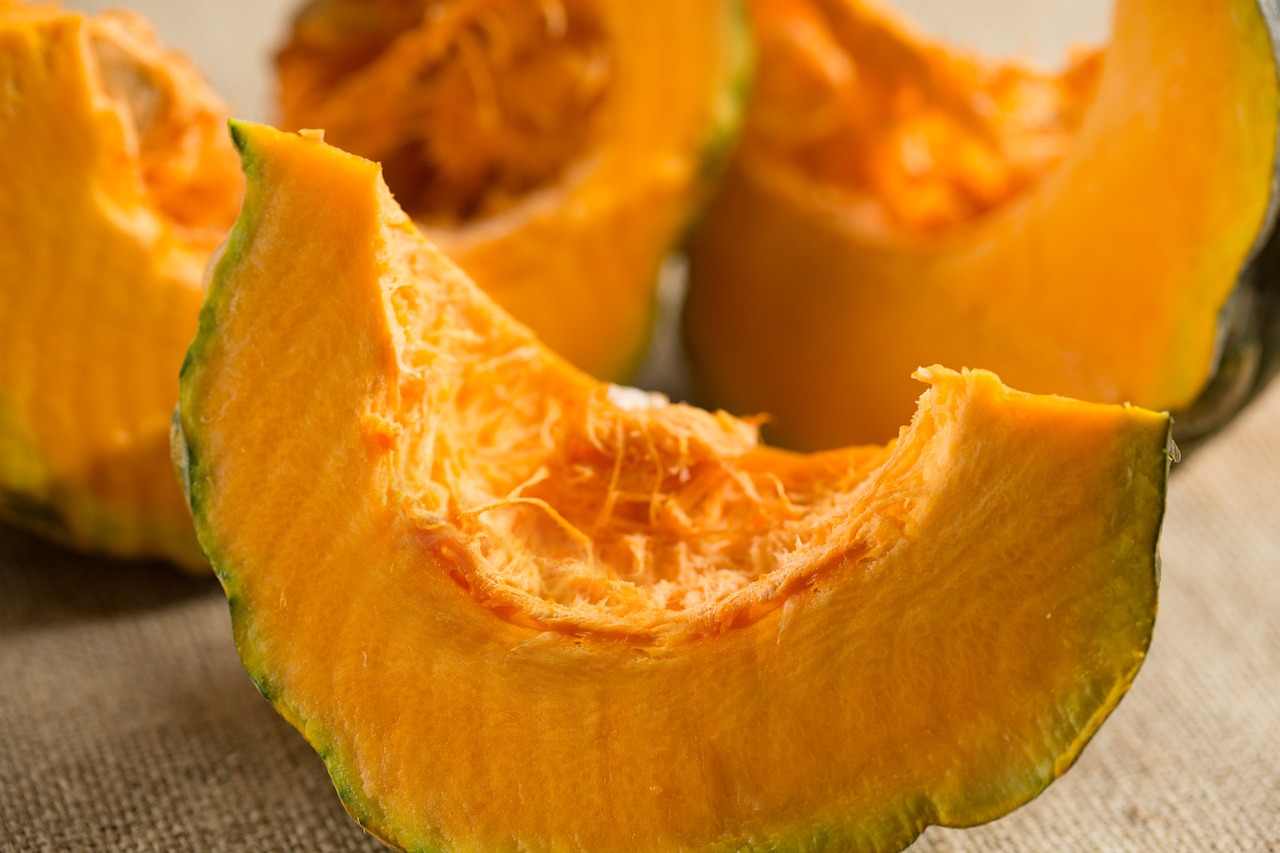Soil Matters
Pumpkins thrive in organic, well-drained, sandy soils. Utah’s soil conditions generally support pumpkin growth. Proper soil preparation ensures optimal nutrient availability. Additionally, consider soil pH and adjust if necessary.
Prepping the Soil
Before planting, assess fertilizer needs through a soil test. Follow test recommendations. Incorporate compost if necessary. Well-prepared soil promotes robust root development. Remember to remove any rocks or debris that could hinder root growth.

Planting Options
Choose between seeds or transplants. Plant seeds 1-2 inches deep. Transplants should have mature leaves and a strong root system. Transplanting allows for quicker establishment. When planting seeds, create small mounds to improve drainage.
Planting and Spacing
Plant pumpkins when soil temperatures reach 65ºF or after frost risk subsides. Space seeds 4 feet apart in mounds. Thin to two plants per mound. Transplants go 2-3 feet apart in rows 4-6 feet apart. Proper spacing prevents overcrowding and ensures adequate sunlight for each plant.
Mulching Strategies
Black plastic mulch warms the soil conserves water, and controls weeds. Organic mulches (grass clippings, straw) should wait until the soil reaches 75ºF. Mulching also protects against temperature fluctuations. Consider using landscape fabric for long-lasting weed control.
Protective Covers
Use hotcaps, plastic tunnels, or fabric covers to shield seedlings from cold air. Remove covers when plants flower or temperatures exceed 90ºF. Covers enhance early growth and maturity. Remember to monitor weather conditions and adjust covers accordingly.
Water Wisely
Deep, infrequent watering (1-2 inches per week) is ideal. Drip irrigation conserves water. Mulch helps retain soil moisture. Adequate hydration supports fruit development. Check soil moisture regularly and adjust watering based on weather conditions.
Fertilize the Right
Side dress with nitrogen fertilizer (21-0-0) once vines develop runners. Apply 1-2 tablespoons per plant, keeping it 6 inches from the stem. Proper fertilization ensures healthy foliage and fruit production. Consider using organic fertilizers for sustainable practices.
Harvest and Storage
Mature pumpkins take 45-55 days after flowering. Harvest when fully colored, vine starts to die back, and rind is hard. Store without freezing, and stem attached. Proper storage extends shelf life. Choose a cool, dry location for storing pumpkins.


